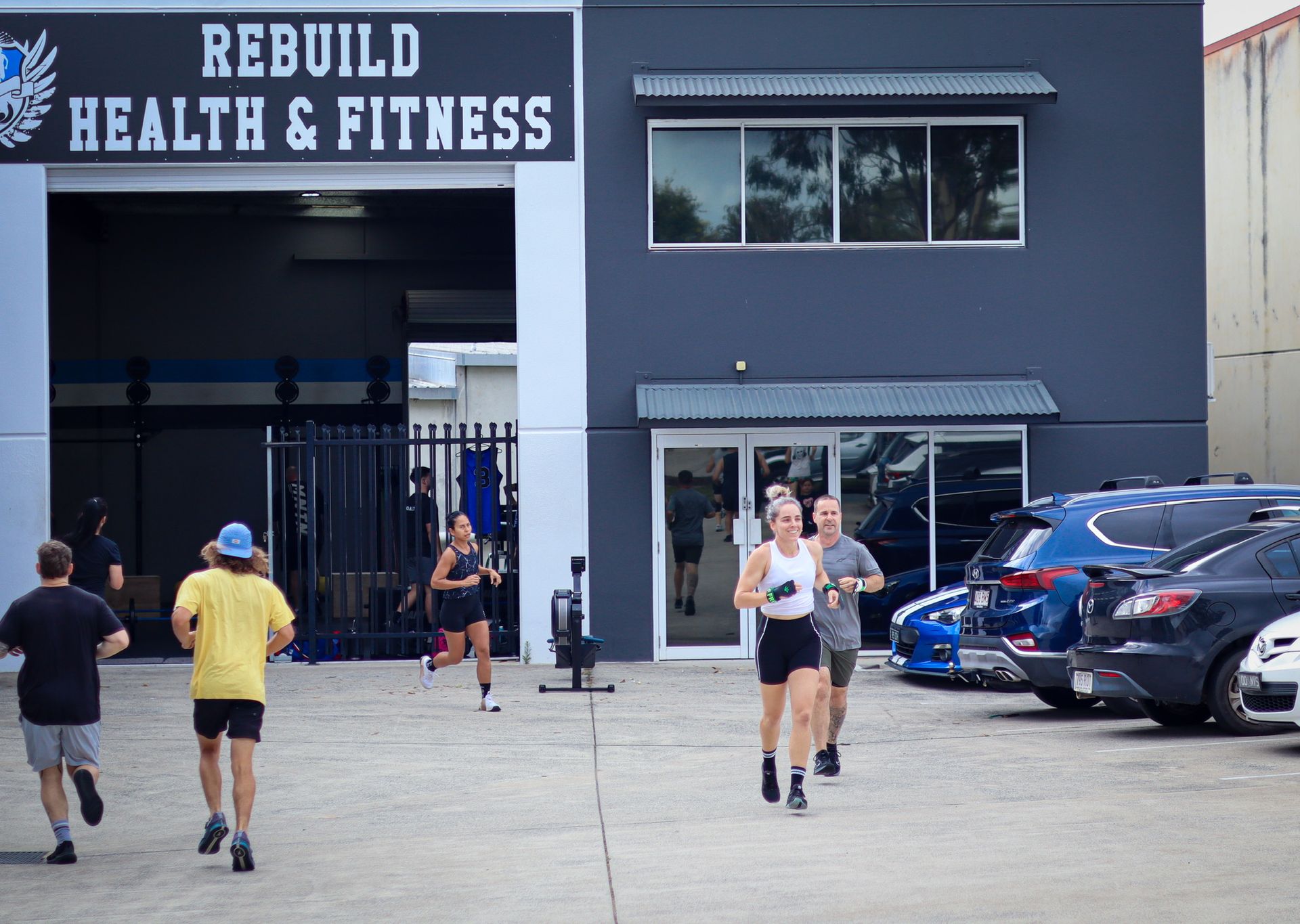Eccentric And Concentric Movements - What They Are And How They Lead To Gains
If you're looking to build strength and muscle mass, you may have heard about eccentric and concentric muscle contractions in training. These two types of movements are essential for building muscle and improving overall fitness.Concentric movements occur when a muscle shortens as it contracts. For example, during a pull-up, the concentric phase occurs as you pull yourself up to the bar. Other examples of concentric movements include the upward phase of a squat, the curling phase of a bicep curl, and the pressing phase of a push-up.Eccentric movements occur when a muscle lengthens as it contracts. During a pull-up, the eccentric phase occurs as you lower yourself down from the bar. Other examples of eccentric movements include the downward phase of a squat, the lowering phase of a bicep curl, and the lowering phase of a push-up.While both types of movements are important for building muscle and improving overall fitness, eccentric contractions are known to cause more muscle damage than concentric contractions. This may seem counterintuitive, but it's because eccentric contractions involve greater force production, which creates more tension in the muscle fibres.This muscle damage, or 'microtrauma,' is actually a good thing for building strength and muscle mass. When the body repairs the damaged muscle fibres, they become stronger and larger, leading to greater gains in strength and size.In addition to causing more muscle damage, eccentric contractions also require less energy than concentric contractions. This means you can perform more reps or lift heavier weights during the eccentric phase, which can lead to greater gains in strength and muscle mass over time.So if you're looking to build strength and muscle mass, it's important to incorporate both eccentric and concentric movements into your training routine. By doing so, you can maximise the benefits of each type of contraction and achieve your fitness goals more effectively.
Previous Blogs


